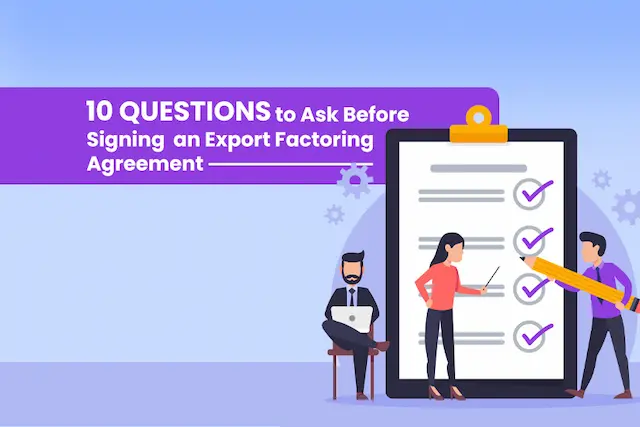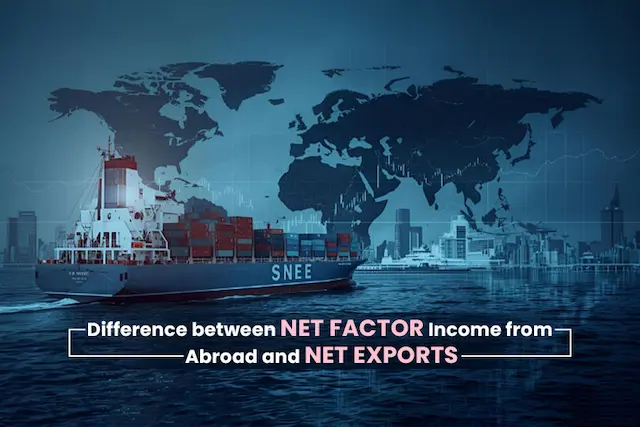US trade policies have been a cornerstone for many exporters and importers globally. Since 2020, we have already witnessed great fluctuation in tariffs, and recently, they have imposed a 25% tariff on Indian exporters, and may even increase it further anytime soon. Will it boost or imbalance the Indian economy? It’s a perfect and hot topic, which is going to conduct an eye-catching debate for a long time. However, the Indian market and exporters may grab better opportunities or may lose out during such an increase in traffic. While automotive components, consumer electronics, and other sectors may feel the pressure of such measures, India can still capitalise on its cost competitiveness and emerging markets to consolidate its global standing in the strategic sectors of pharmaceuticals, IT services, and textiles. Quick adaptability and an immediate change in export destinations will be paramount for survival in the current wave of protectionism.
Sectors on Radar as Tariffs Come into Effect
Textiles: A Vulnerable Cornerstone
India has always had a stable foothold in international trade when it comes to textiles, but now it is likely to change since tariffs on Indian exports are restored in the U.S. in 2025. The Indian textile industry is threatened since a tariff hike makes Indian garments and fabrics lose their edge in competitive pricing in the markets compared to countries having free trade agreements or low duties. As a consequence, the buyers in the United States might look for alternative sources, resulting in a fall in demand for Indian exports.
Electronics: A Sector on the Rise, but at Risk
In the last decade, India has invested in its electronics manufacturing hub. The thrust has been driven mainly by mobile phones, their parts, and consumer electronics. However, electronics find tough competition with countries like Vietnam and Mexico, which would be in a position to take advantage if U.S. tariffs make Indian goods more expensive. India’s ambition to become a worldwide electronics powerhouse may be hampered by the decline in the competitiveness of its products.
The Ripple Effect on Manufacturing and Jobs
As exports largely drive manufacturing in India, a recession in international demand is bound to slow domestic production. Tariffs affect exporters, and their downstream effects include job losses, expansion delays, or cuts in output. Such an event will eventually impact the economy, particularly in textile and electronics manufacturing in its northern and eastern regions.
The Shift Towards Alternative Markets
Indian exporters will not only focus on the US markets, but will also explore Europe, Africa, and Southeast Asia as potential alternate export destinations. This will considerably lessen the heavy dependence on any particular market. The newer markets will also open avenues for additional opportunities and lessen exposure to eventual shifts in policies initiated by the US.
Government Support – The Safety Net for Exporters
The Indian government has taken some major steps to reduce the risk of sudden shocks by developing various schemes, all geared toward the provision of subsidies, financial incentives, strategic export promotion councils, etc. A big boost to exporters by the Government gives them support to overcome temporary losses and investments in improved product quality and logistics infrastructure. Without such backing, the burden of tariffs becomes much heavier to manage.
Trade Agreements as a Competitive Edge
To preserve its place in international commerce, India is looking into new trade deals. Trade agreements strengthen India’s position in countries like the UK, Australia, and the UAE, giving its exports preferential market access. These agreements could cancel some of the U.S. tariff damages to the Indian products in other major markets.
Enhancing Quality and Innovation
Indian exporters are not only focusing on cost but also on design, product enhancement, and sustainable manufacturing. Such higher-quality goods would have a much better chance of guarding their prices, even in high tariffs. Quality and innovation can enhance global perception and make Indian export products more resilient to external shocks.
Digital Solutions and Well-Developed Infrastructure
Technology is increasingly supporting the export sector’s focus on mitigating obstacles. Logistics-tracking systems, digital customs documentation applications, and freight calculators make processes simple and clear and reduce hidden costs. By investing more in technology and infrastructure, exporters may enhance their competitive edge, whereas turnaround times become shorter despite imposing higher tariff barriers.
Conclusion
The growing awareness of U.S. tariffs is not new, since such tariffs have always existed. For Indian exporters in sensitive sectors such as textiles and electronics, the situation looks rough. Still, with planning, diversification, support from the government, and a strong thrust towards innovation, one could further access and operate in a more global marketplace.
While uncertainty in trade and tariff policies changes, access to stable working capital remains the most important factor. Credlix is a smart export financing platform through which Indian exporters can manage their cash flow by availing quick and collateral-free funding. From invoice-based financing to supply chain solutions, Credlix helps you stay ahead of market challenges while remaining GST-compliant. Whether you are navigating new tariffs or expanding into fresh markets, Credlix ensures your export operations never lose momentum.





